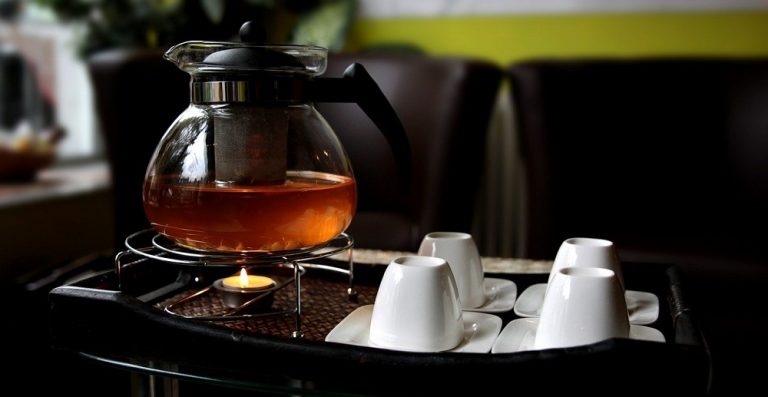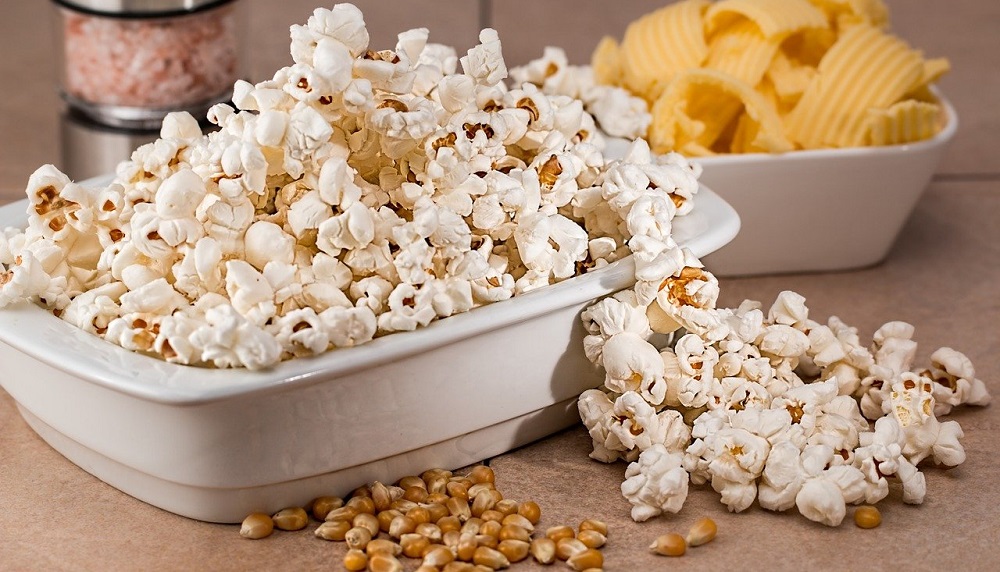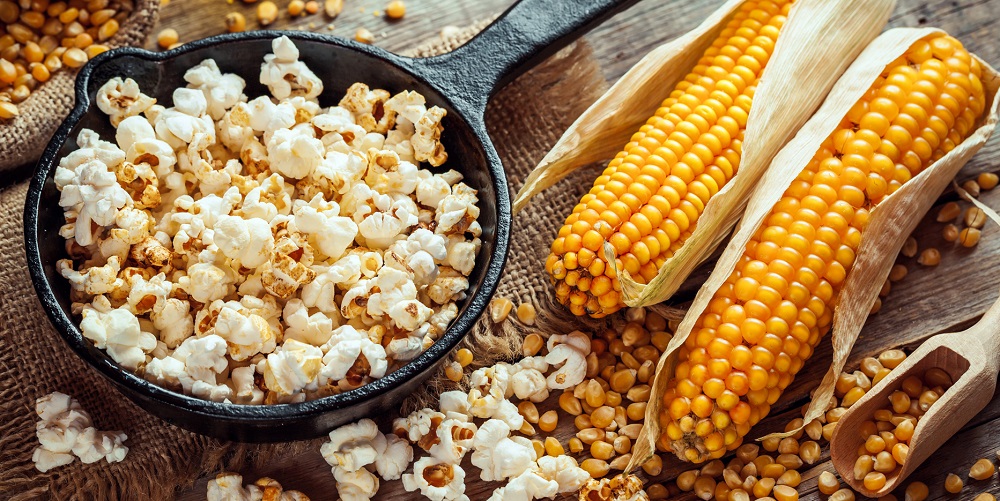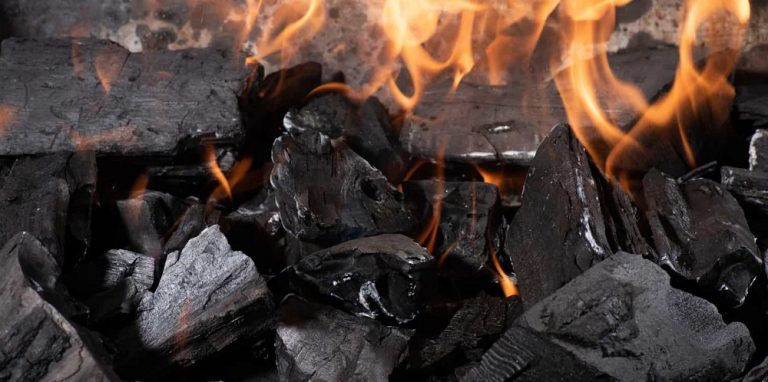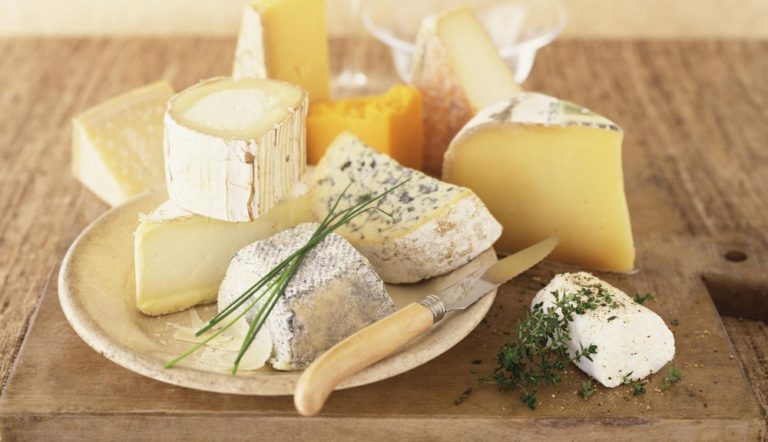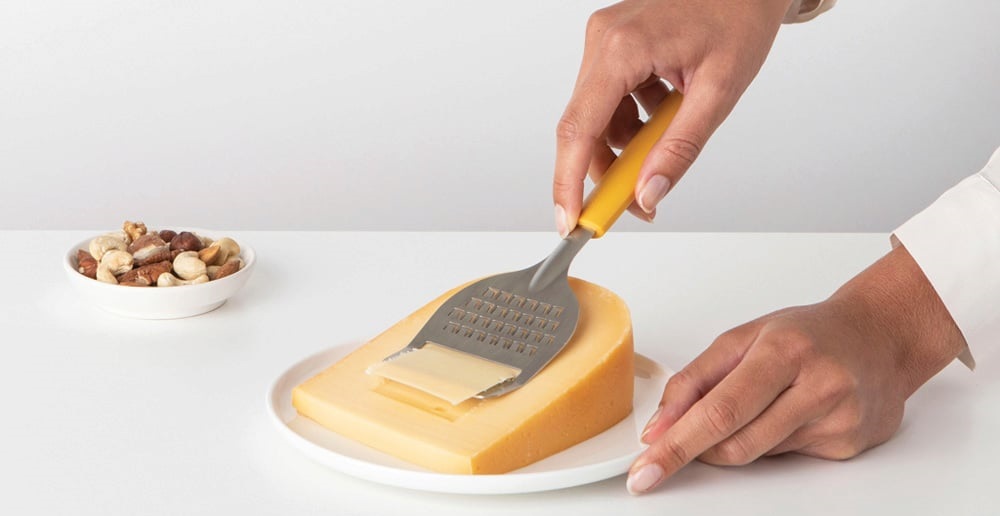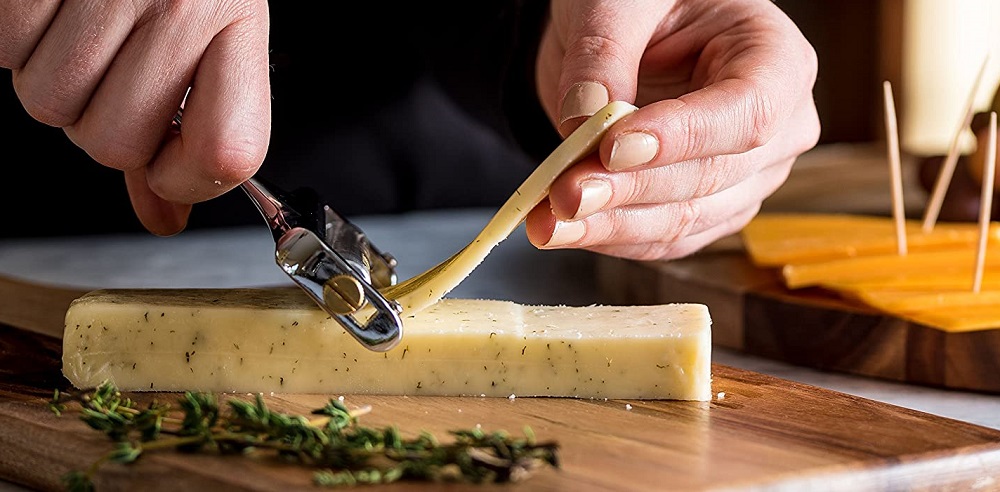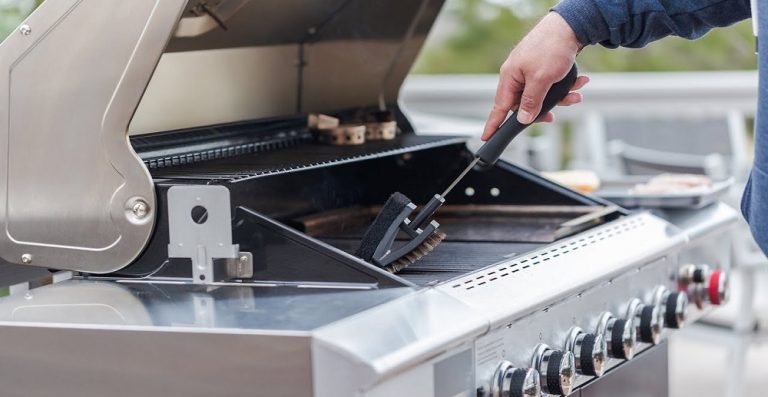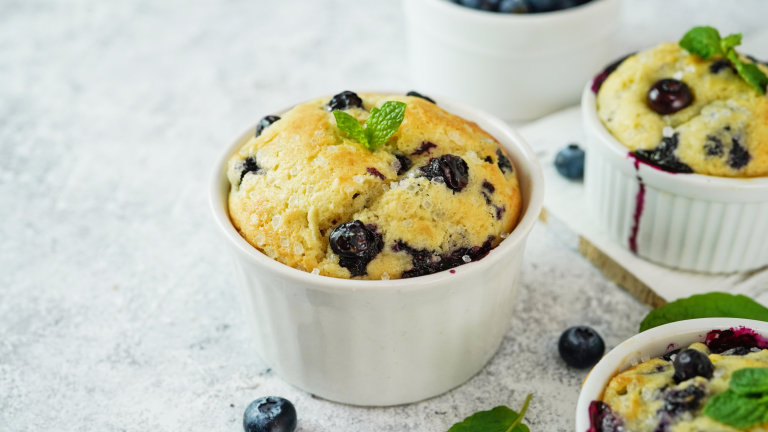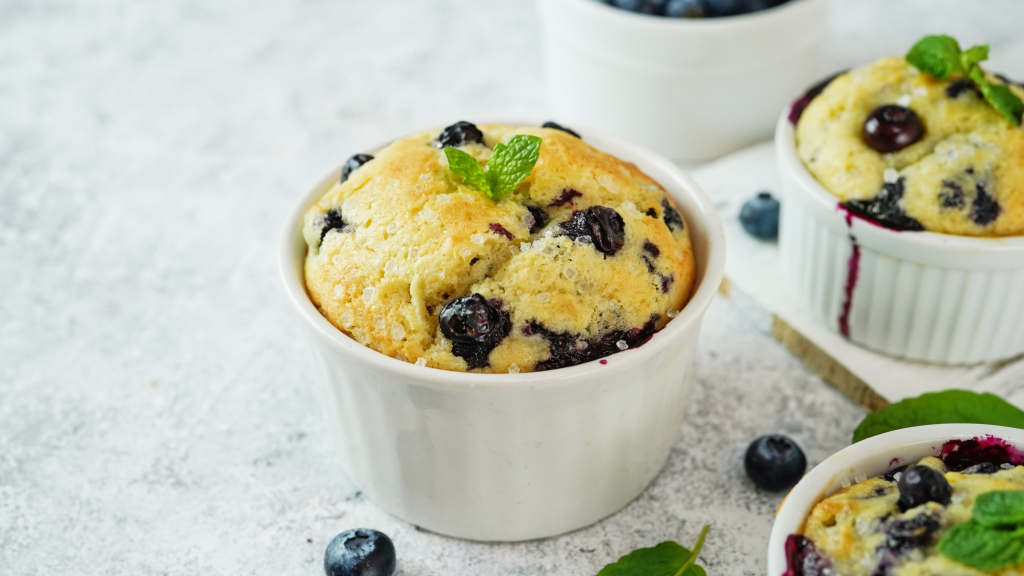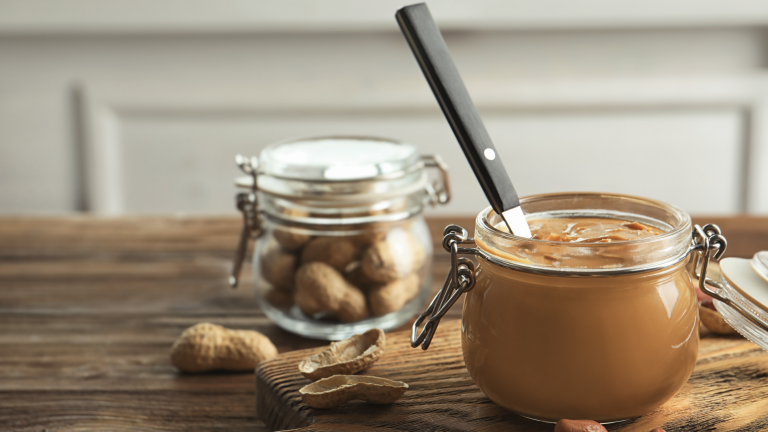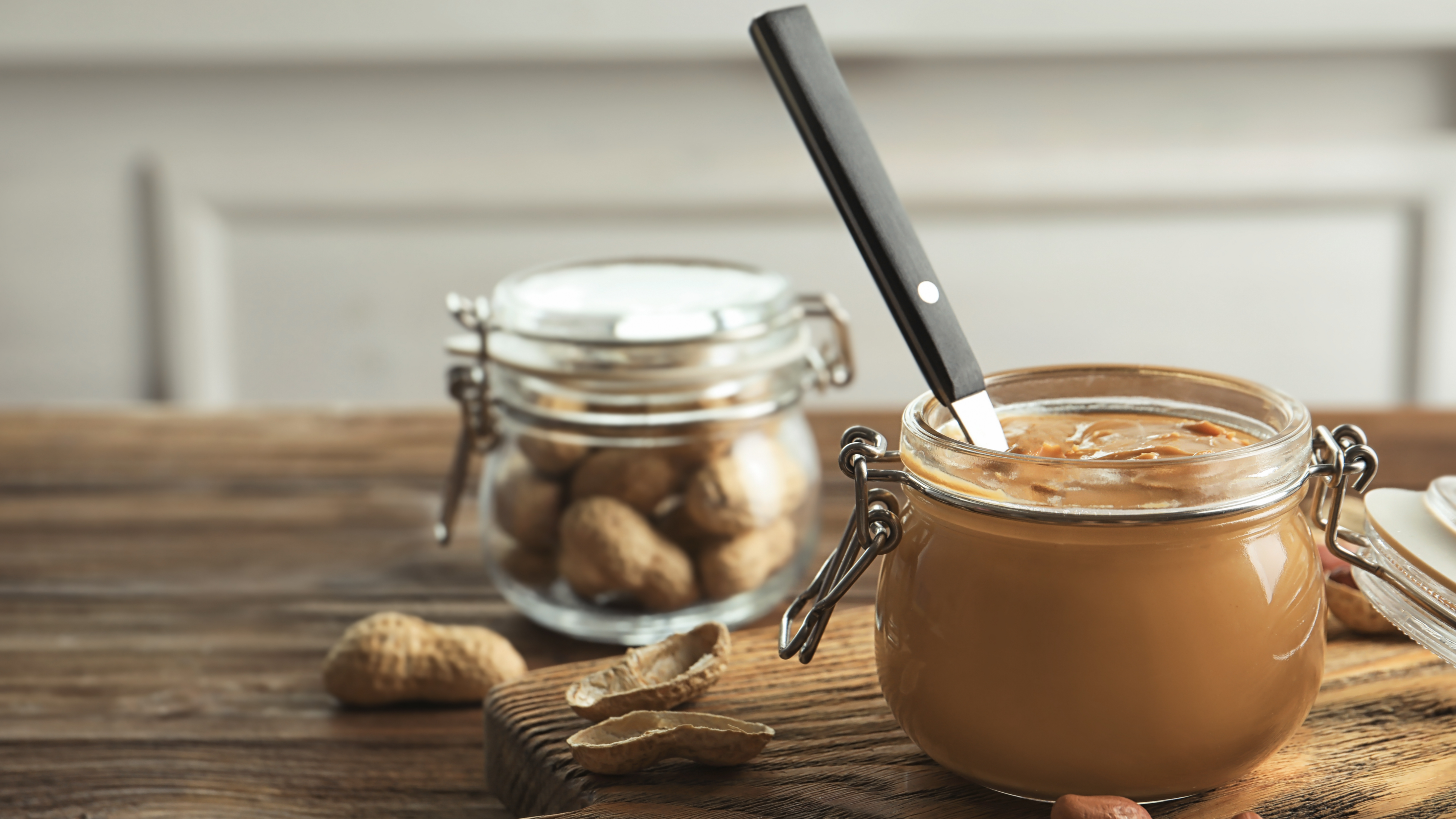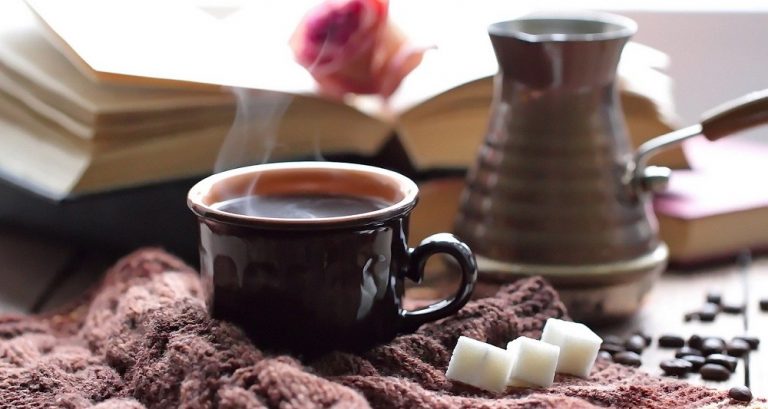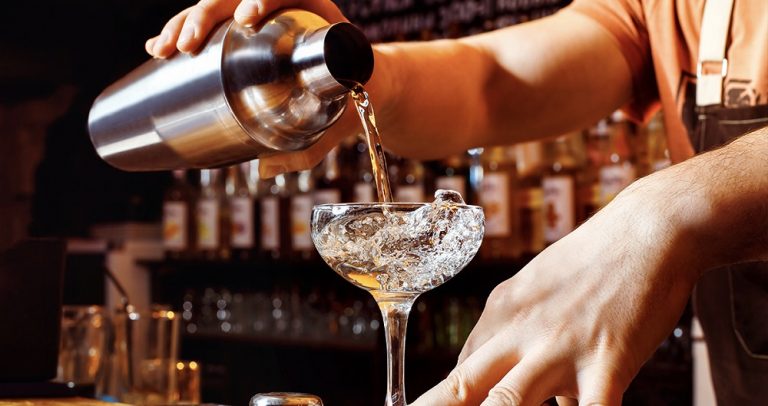Even though teapots might seem like simple tools that don’t need any explanation, the truth of the matter is that this kitchen appliance does require you to think about a few things. Not only about purchasing the best teapot available, but also about how to use that teapot properly. That’s why we’ve decided to go ahead and write this guide on the subject.

This guide will help you not only find the teapot that serves your needs but also will give you the best results possible. Although this article isn’t a comprehensive guide on the subject, it’s our hope that it provides you with enough information to make a perfect cup of tea.
What To Look for in a Teapot
We’re going to kick those articles off by talking about what’s the most important thing to think about before purchasing a teapot. As we’ve said, teapots are deceptively simple, but there are a few things that you still need to think about before buying one. The below points are some of the things that should be thought about before you buy your next teapot.
The Teapot’s Size
The first thing that you should do is to consider the size of the teapot. There’s no point in buying a large teapot if you only drink one or two cups a day. You’ll also want to avoid buying a teapot that’s too small for your needs. Therefore, you should make sure to consider how much tea you actually drink, and what size teapot you might need to serve guests before settling on a teapot.
Think About What the Teapot Is Made From
The next thing that you’re going to want to think about is what the teapot is made from. The composition of the teapot will determine how the teapot is used because different materials perform differently.
For example, glass teapots allow you to watch as the tea steeps; ceramic teapots are affordable and come in an assortment of different designs. Cast iron teapots have a rustic look to them and they’re very durable. They allow you to brew tea anywhere—whether at home or a campsite. Of course, ceramic, glass, and cast iron aren’t the only options available to you. They are also available in stainless steel.
Other Things to Consider
The above features aren’t the only features that you need to consider, there are a few others that we don’t have the space to discuss. What we can do, however, is list some of these features below so that you can give them the proper amount of consideration when you’re buying your new teapot. Let’s take a quick look at them before we move on to the next section of this article.
- The Style of the Teapot
- How Easy It Is to Clean
- What The Handle Is Made From
- How Well the Teapot Holds onto Heat
How To Use a Teapot
Okay, now it’s time to turn our attention to using the teapot in the most effective way possible.
Measure Out the Amount of Tea Needed
The first step is to measure out the amount of tea that’s needed. For a 2-cup teapot, use either 2 classic teabags or two teaspoons of loose-leaf tea. If it’s a 4-cup teapot, then use either 4 classic teabags or 4 teaspoons of loose-leaf tea. Remember, when we say 2-cup teapot, we mean one that holds approximately 16-ounces of water, and when we say 4-cup teapot, we mean a 32-ounce teapot.
Bring High-Quality Water to Boil
Using the best water available, bring it to a boil. This should be done in a suitable pot on the stove and not in a microwave. The water should just be brought to the boiling point and shouldn’t be over-boiled. Over-boiled tea unbalances the mineral composition of the water and can have a profound impact on how the tea tastes. Once the water has come to a boil, it should immediately be used to make the tea.
Add Tea to the Teapot
Now it’s time to add tea to the teapot. When it comes to this step, you either an external strainer, an internal infuser, or a tea-filter. Regardless of which method you choose, just make sure to steep the tea for the appropriate amount of time. The hot water should be poured over the leaves, allowed to steep, and then the leaves should be removed. Now place the lid on the teapot and enjoy the fresh, hot tea you just made.
